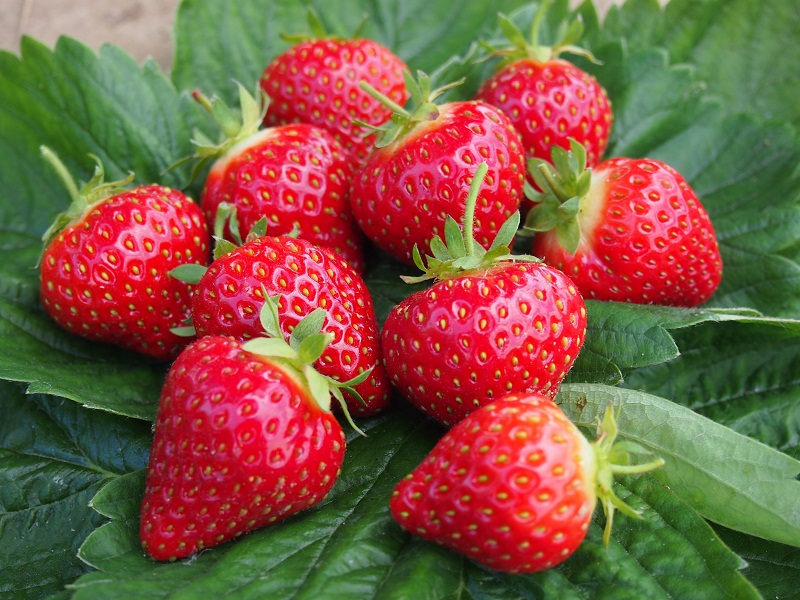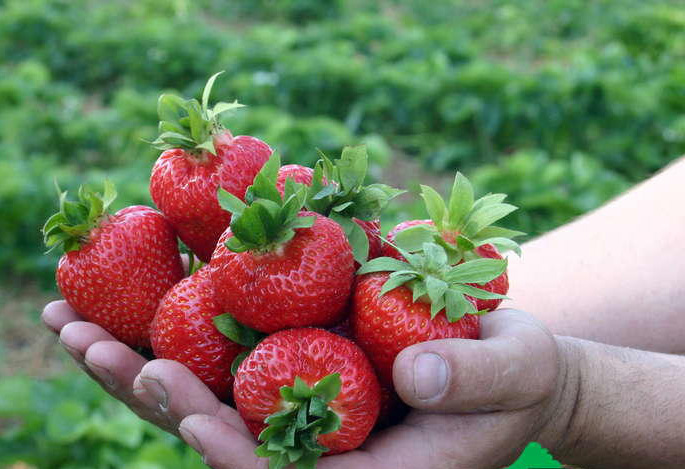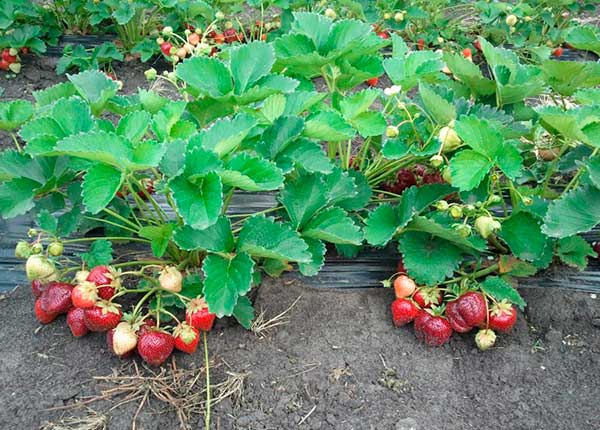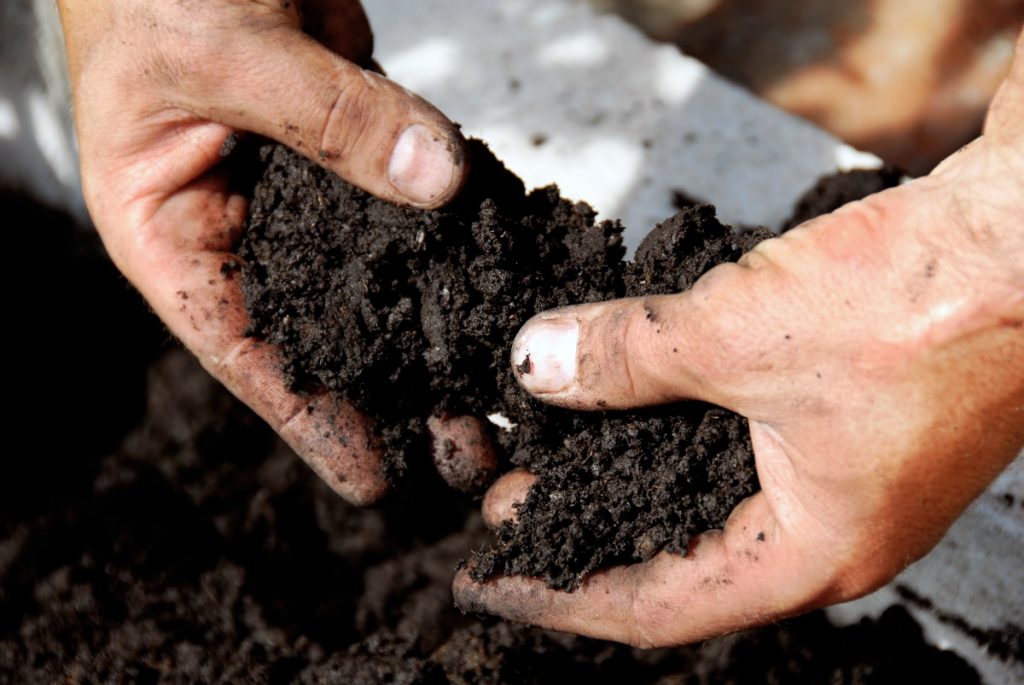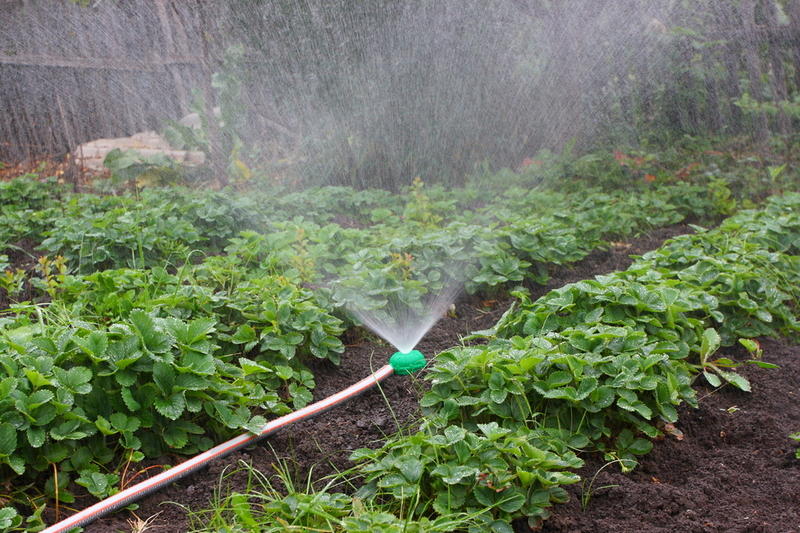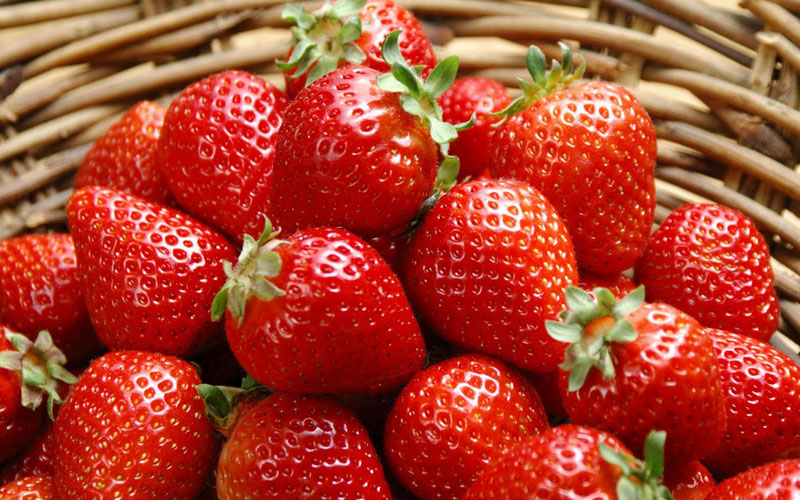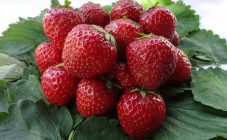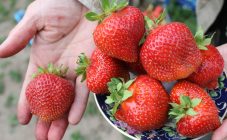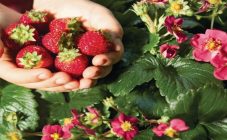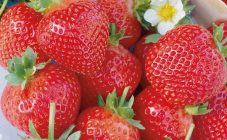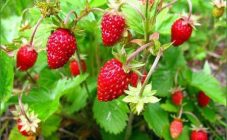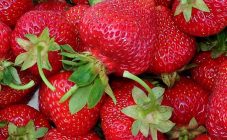Content:
Strawberries are one of the most favorite garden berry crops among summer residents. There is always a place for it in the garden, because this berry ripens one of the first, the taste of the fruit is excellent, sweet berries with a slight acidity, without wateriness, the yield of most varieties is high, and care for strawberry bushes is quite simple.
In garden plots, not only various varieties of strawberries are grown, but also garden strawberries, but many summer residents call any types of this crop strawberries.
One of the most productive and popular varieties of garden strawberries is Kimberly strawberry. The advantages and disadvantages of Kimberly, garden strawberry, will be discussed below.
General information about culture
Various varieties of strawberries and garden strawberries have been grown in different regions of our country for more than one decade. These berry crops are no less popular in other countries of Europe and the world. Therefore, breeders from different countries are engaged in the development of new varieties of strawberries with improved characteristics that have other positive qualities - frost resistance, disease resistance, undemanding growing conditions.
Wim Kimberly strawberries (this is another name for the Kimberly variety) were bred by breeders from Holland. To obtain a new strawberry variety, two excellent varieties were taken as a basis - Chandler and Gorelia. These Dutch varieties are also well known to summer residents from Russia; gardeners from many regions of our country are engaged in their cultivation. But the new Kimberly strawberry variety turned out to be even better in basic qualities than its "parents".
Kimberly garden strawberries: variety description and characteristics
The main requirements for the varieties of this berry crop are bountiful harvests, low care requirements, resistance to changes in weather conditions.
The taste of ripe berries is defined as dessert - sweet, delicate, with a slight sourness. The aroma of ripe fruits is strawberry. Ripe berries have a regular conical shape, red color with a slight sheen. The berries themselves are large, weighing up to 45-50 g, and up to 2 kg of harvest can be harvested from one bush.
According to the description of the Wim Kimberly strawberry variety, it is not remontant, but belongs to the early ripening species of strawberries, the first berries ripen in the first decade of July, and in general, the harvest is harvested from the strawberry plantation within 12-14 days. The Kimberly strawberry bush is medium in size, but quite powerful and large in diameter. The foliage is small and rounded, bright emerald in color with a characteristic oily sheen. Medium-sized flowers are collected in inflorescences, located on the peduncles at the same level with the foliage (or slightly below). The antennae grow back and take root not too quickly.
This variety is resistant to frost, therefore, it is suitable for growing not only in the southern regions, but also in the middle lane and Central regions.However, it should be remembered that this strawberry does not tolerate a drought period, so the beds with the Kimberly variety must be watered regularly so that the topsoil is constantly wet. If the summer is rainy and cold enough, the number of waterings is reduced, and during the dry hot period, the amount of waterings is increased.
The harvested crop is versatile - the berries can be used fresh for food, frozen in the freezer for the winter, made compotes, cooked preserves or jams.
Agrotechnics
The planting technology for Kimberly strawberries is the same as for other varieties of garden strawberries. Although this variety is quite hardy, it can withstand frosts down to -20 ° C (and below), however, under adverse weather conditions during the summer season, the size of the berries may become smaller.
Seedlings should be purchased in specialized stores or nurseries, where there is a guarantee of the quality of the planting material. It is better not to purchase planting material from unfamiliar traders, since there is a high probability of acquiring a completely different variety that you expected.
The foliage of the seedlings should be a rich green color without white bloom or dark spots, which may mean that the plant is affected by a fungal disease.
It is especially necessary to prepare strawberry beds. The site should be well lit by sunlight and protected from wind gusts. Even light shading of the beds can lead to reduced yields and poor development of Kimberly strawberry bushes.
The soil in the beds must meet the following requirements:
- be loose;
- fertile enough;
- it is good to pass moisture and oxygen to the roots.
When preparing the beds, river sand and high moor peat should be added to them.
The distance between the bushes of this variety should be at least 35-40 cm, since the plants grow significantly in width. Wood ash and compost are added to the planting holes. After planting, each plant needs to be watered. The growth point should not be buried in the soil - it should be 1.5-2 cm above ground level.
Further care for this berry crop includes the following activities:
- regular watering - the topsoil should not dry out;
- loosening the soil after each watering;
- removal of weeds.
After watering and loosening, it is better to add mulch under the bushes, which will protect the soil from rapid evaporation of moisture, and will also prevent weed grass from actively developing.
During the season, these strawberries are fed several times:
- after the snow melts;
- before budding;
- after the appearance of ovaries;
- at the end of summer when preparing strawberries for winter.
Advantages and disadvantages of the variety
The main positive qualities of this garden strawberry include:
- early ripening of the crop;
- peduncles are located high, so the berries do not touch the ground;
- the pulp is dense, without voids;
- excellent appearance of ripe berries;
- high resistance to frost and fungal diseases.
However, this variety also has its drawbacks:
- bushes are often affected by insects;
- short-term fruiting (up to 3 weeks);
- the variety is not remontant;
- does not tolerate irregular watering.
Despite its drawbacks, Kimberly Garden Strawberries are grown in many garden plots. These strawberries, when properly cared for, produce high yields of delicious sweet berries. Therefore, when gardeners are choosing which new strawberry variety to plant in their garden plot, they should turn their attention to Kimberly's garden strawberries.By growing this variety of strawberries, summer residents will not only be able to provide their family with delicious sweet berries at the beginning of summer, but they will also be able to sell part of the harvest.
